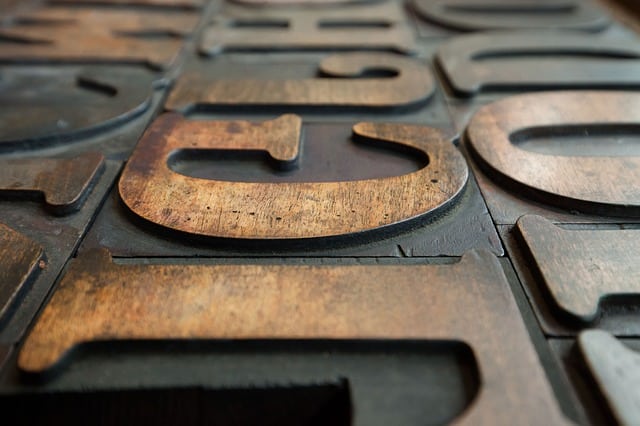
The roundel is a type of stanza.
In poetry, those poems that have a particular structure whose verses are eight sound syllables or less are classified within the minor art genre. In turn, within this classification there are many types of possible structures; The most popular is that of octosyllabic verses .
Within the eight-syllable verses is the redondilla , which has stanzas composed of four verses of eight syllables each with ABBA -type consonant rhyme (the first verse rhymes with the fourth and the second with the third).
Differences between the roundel and the quartet
It is worth mentioning that a verse of eight syllables is not necessarily composed of the same number of grammatical syllables (the amount it literally has). This is because the meter of a verse is measured by the number of defined sounds in a phrase and not by the number of spelling syllables.
It often happens that some people confuse the redondilla with the quartet but both are clearly differentiated. Although the quartet also has a consonant rhyme of ABBA format, the number of syllables in each of its verses is greater than eight, generally hendecasyllable; In this case we will be facing a poem of major art.

In typography, the roundel is a rounded-looking letter.
Authors who created this type of stanza
One of the authors who made the term more popular was Sor Juana Inés de la Cruz , whose most famous poem is titled “Redondillas” and, as expected, consists of a long poem with this structure . This poem begins with the verse “Foolish men who accuse…” and, due to this beginning, it is also usually titled “Foolish men who accuse women without reason” or, simply, “Foolish men” .
Among the best-known examples of redondillas, it is also worth mentioning, in addition to the aforementioned poem by Juana Inés de la Cruz , "La copa de las hada" , a very well-known poem by Rubén Darío that went around the world and is still recited in the poetic realms.
History of the round
The redondilla emerged in 12th century Spanish letters in a type of poetic construction known as jarchas. It should be noted that it is believed that the first redondillas were written by the religious poetry clerics of the Middle Ages and were characterized by being works generally written in Latin that were recited at religious events.
It is considered that it was their great ease of being pronounced in public spaces that made them so popular. This made it an ideal structure for compositions such as minstrels. The great ease of our language in adapting to this type of rhyme made them extremely effective for popular creations and even a new genre was created that was called profane redondillas , extremely popular also in the Golden Age. Despite its true nature, It reached popularity during the so-called Spanish Golden Age , in which important references of Castilian poetry emerged who made use of this type of poems.
At this time it was used to create couplets and Christmas carols and also in the theater, where numerous works composed in verse emerged. Later, during the neoclassical period, it began to lose popularity, due to the insertion of the hendecasyllabic verse taken from Italian poetry that gained unusual importance.
Finally, the romantic poets returned to the bases of the eight-syllable verse, using the roundel to explore all the possibilities of this structure. Modernist poetry also relies on the roundel; so much so that there are numerous authors who cultivate it in this period.
The term in typography
In the context of typography, finally, the redondilla is a round-shaped letter , which stands out for its circular and vertical strokes.
It may be a printed letter or handwritten. In general it can be said that the roundel is a letter with a more rounded appearance and a wider size than ordinary letters.
